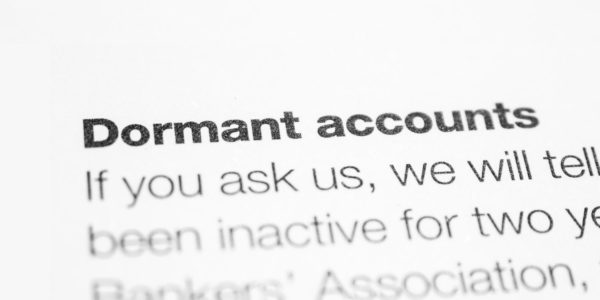There are various ways for directors to take money out of their business, including dividend payments, drawing a salary through PAYE, and claiming expenses. Another method, which we will consider in this blog post, is using a director’s loan.
Key takeaways
- Directors must maintain accurate records in a director’s loan account to comply with tax regulations.
- Loans exceeding £10,000 trigger additional tax obligations and employer National Insurance contributions.
- Avoid ‘bed and breakfasting’ to prevent losing tax relief on director’s loans; seek professional advice for clarity.
How does a director’s loan work?
A director’s loan is defined as any money that a director or close family member receives from a company that is not a salary, dividend, expense repayment, or money they’ve previously paid into or loaned to the company.
Although a director’s loan is not considered to be a payment in the same way as salary income or dividends, accurate records must be retained. This is because directors’ loans are subject to their own tax rules. These records are known as a director’s loan account (DLA) or a director’s current account.
What should be recorded in a director’s loan account?
The key information that should be recorded in a DLA includes:
- money borrowed from the company by a director
- personal bills of a director that have been paid by the company
- any repayments of a director’s loan
- money owed by the company to the director (e.g. salaries and dividends)
A DLA is essentially a balance sheet that details all the transactions between a limited company and its directors.
What tax must be paid on a director’s loan?
Depending on the amount borrowed and how the loan is settled, a combination of personal tax and Corporation Tax may need to be paid in respect of directors’ loans.
If the entire loan is repaid within nine months of the end of the Corporation Tax accounting period, there is generally no tax to pay (although see below regarding ‘bed and breakfasting’).
Any overdue payments will be subject to section 455 Corporation Tax at 33.75% of the outstanding amount. This tax rate is always in line with the dividend tax higher rate.
Loans over £10,000
If a DLA exceeds £10,000 it will be considered a ‘benefit in kind’, which must be reported on the director’s Self Assessment tax return. Tax may need to be paid on the loan at the official rate of interest (3.75%). Furthermore, the company will need to pay employer Class 1A National Insurance contributions (currently 15% for the 2025-26 tax year) on the full amount of the loan.
Interest rates
If interest has been paid on the loan below the official rate of interest, the discounted interest will be classed as a benefit in kind and should be reported on the personal tax return. In this case, tax may need to be paid in respect of the difference between the official rate and the discounted rate.
What is ‘bed and breakfasting’?
If a director’s loan is repaid within the nine-month period but is immediately taken out again, this is known as ‘bed and breakfasting’.
In the past, some directors indulged in bed and breakfasting routinely as a way of avoiding tax. But tax rules were tightened up to deny any tax relief in respect of directors’ loans used in this way.
The rules are quite complex, so professional advice should always be sought in this matter.










Join The Discussion